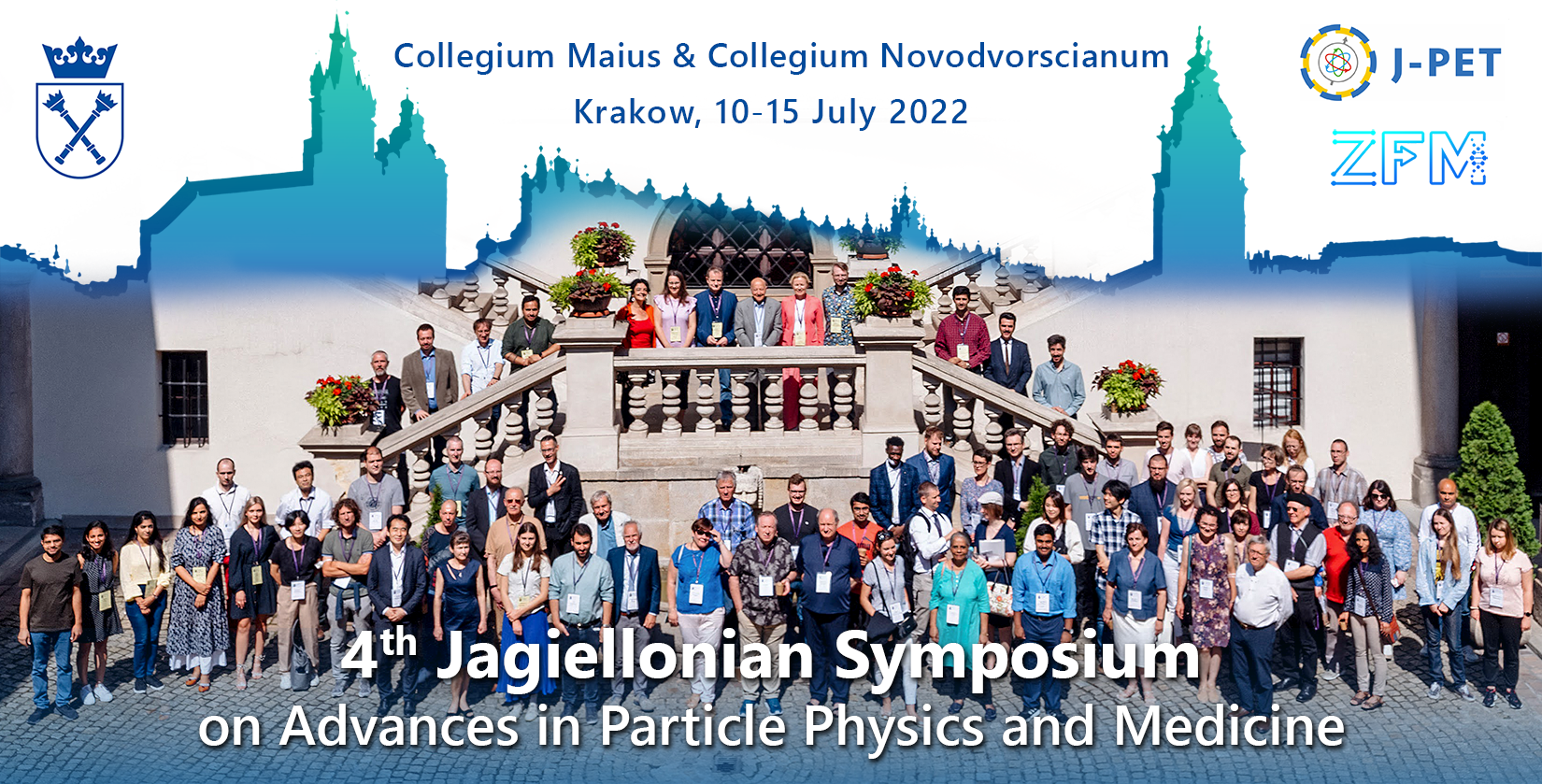Speaker
Description
Origin of hadron masses have wide interests in the field of nuclear physics. Light quarks, such as up and down quarks, only have “bare” mass of a few MeV/c^2. A proton and a neutron, which contains only three quarks, have mass of ~1 GeV/c^2. This difference between quark mass and hadron mass can be theoretically explained as dynamical generations of hadron mass by a spontaneous breaking of a symmetry in a “QCD vacuum”. In this point of view, hadron masses are not a stable and it can be changed in a finite temperature and/or density medium. Several experimental efforts are performed to measure mass modifications of hadrons in a finite temperature and/or density medium. In high temperature region, high energy heavy ion experiments, such as SPS, RHIC, LHC, are performed. Experiments at KEK-PS, CLAS, CBELSA/TAPS are also performed to study hadron masses in a nucleus, as a finite density matter.
We are carrying out a new experiment to measure mass spectra of vector mesons in nuclei at J-PARC in Japan. The experiment is a successor to the experiment at KEK-PS. In the experiment, we measure electron-positron decays of vector mesons, since mass spectra of the vector mesons have strong relations with an order parameter of the symmetry breaking in the medium. We focus on electron-positron decays to avoid final state interactions between medium and daughter particles. We constructed new spectrometer which consists of four layers of tracking detectors and two kinds of electron identification counters. Tracking detectors are one layer of Silicon Strip Detector and three layers of Gas Electron Multiplier (GEM) Trackers. For electron identifications, GEM-based gas Cherenkov counters, so called Hadron Blind Detector, and Lead Glass EM calorimeters are used.
We started constructions of a beam line and detectors in 2012. We had the first beam in 2020 and started beam study and detector shake down. We collected pilot data in 2020 and 2021 to evaluate detector performances. We are planning to have the first physics data-taking period in early 2023. We will introduce recent activities of related studies and show status of our experiment.
Also, future plans to measure mass modification in a high-density matter which can be created using heavy ion collisions will be discussed.

